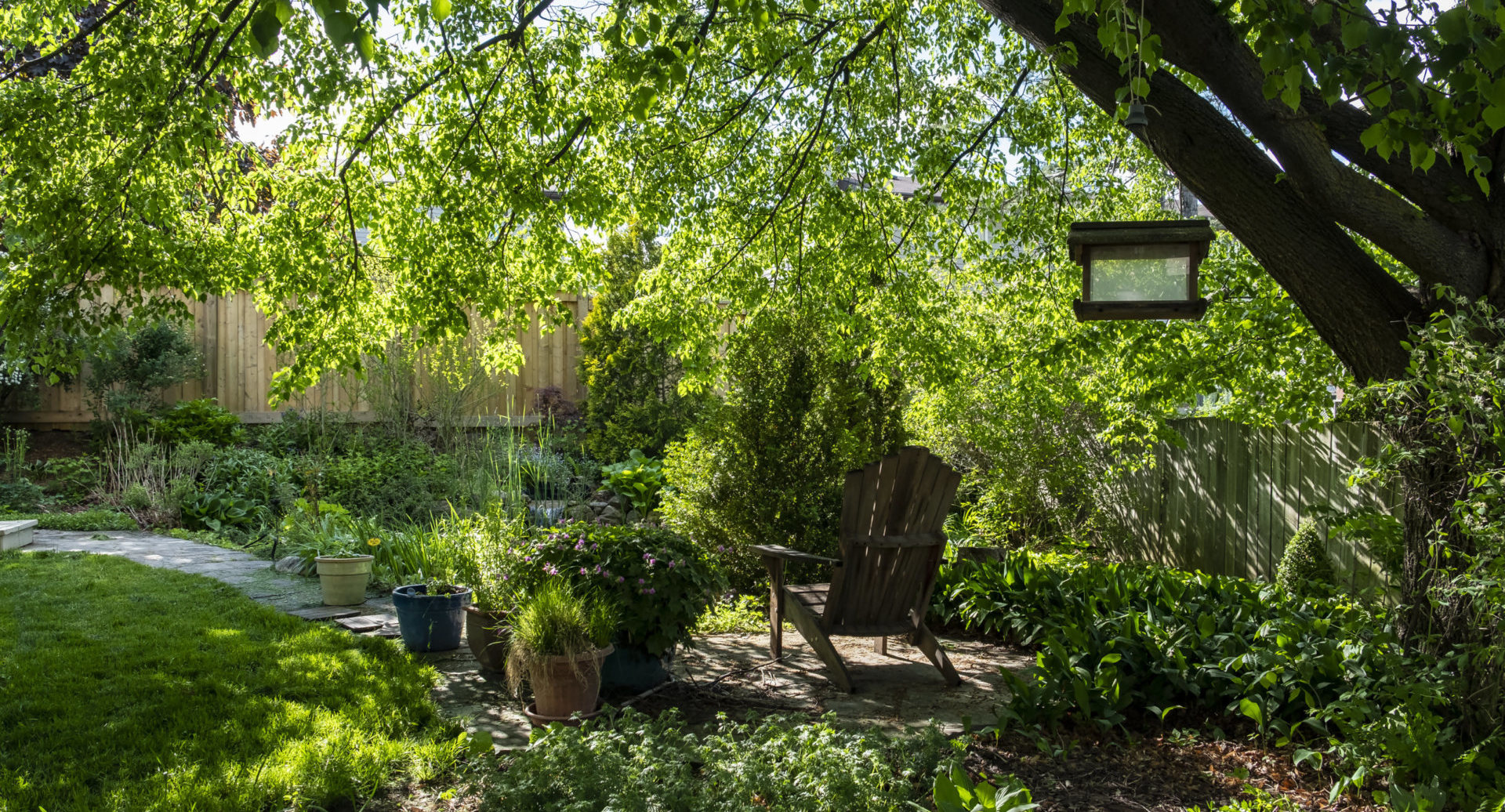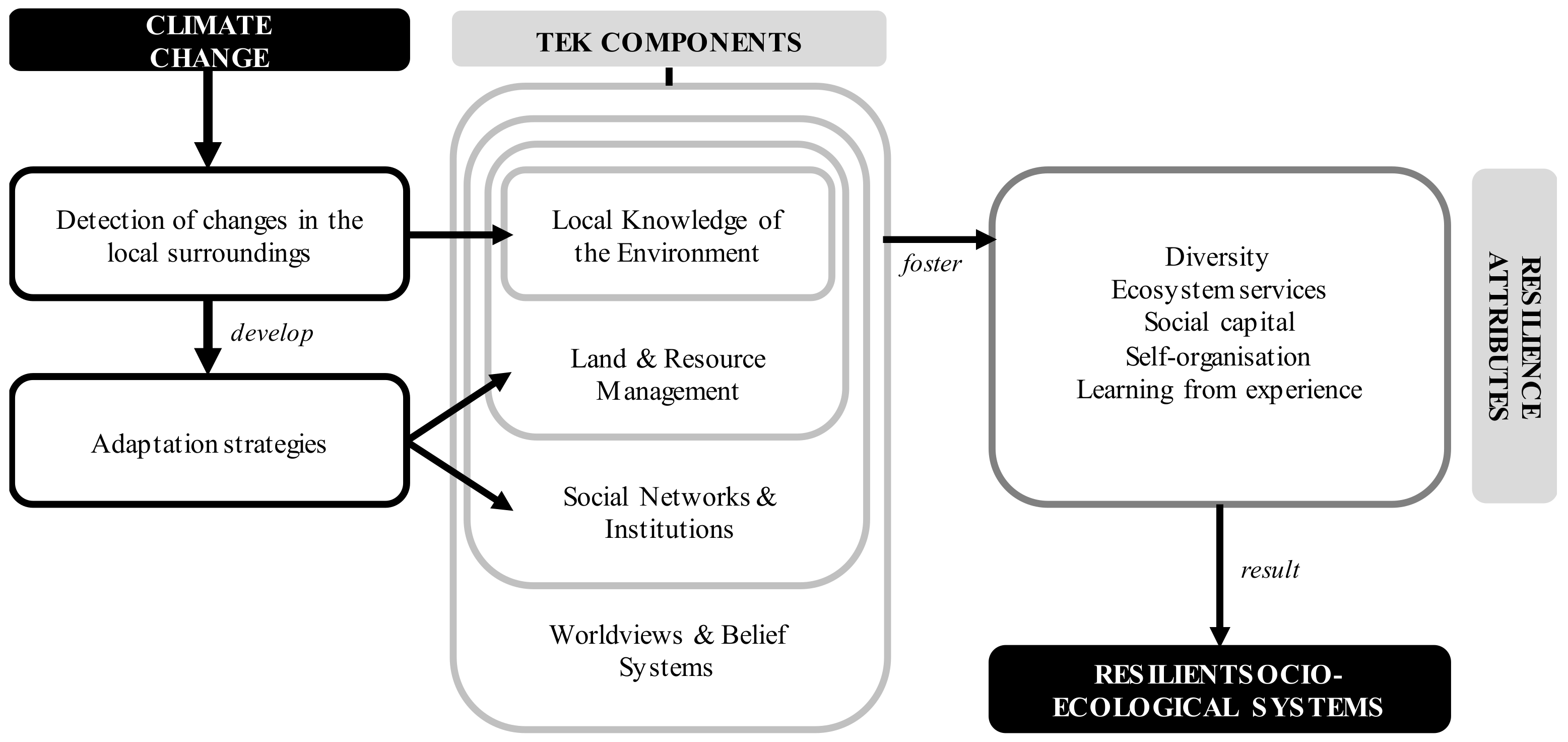As the effects of climate change become increasingly evident, many of us are searching for ways to adapt and mitigate its impacts. While large-scale efforts are essential, there are also steps we can take at the individual and community levels to contribute to climate resilience. One such approach is climate-resilient landscaping, which offers both environmental benefits and an aesthetically pleasing outdoor space. In this blog post, we’ll explore the concept of climate-resilient landscaping and how you can apply it to your own garden or outdoor area.
Understanding Climate-Resilient Landscaping
Climate-resilient landscaping involves designing and maintaining outdoor spaces in ways that enhance their ability to withstand and adapt to the challenges posed by climate change. These challenges may include more frequent and severe weather events, changing temperatures, altered precipitation patterns, and shifting growing seasons. By adopting climate-resilient landscaping practices, you can create a garden that not only survives but thrives in a changing climate.
Key Principles of Climate-Resilient Landscaping
Drought-Resistant Plants: One of the most immediate impacts of climate change is altered precipitation patterns, leading to more frequent droughts in some regions. Choosing drought-resistant plants that require less water can help your garden survive periods of water scarcity.
Native Plants: Native plants are well-adapted to the local climate and soil conditions. They often require less maintenance, such as watering and fertilizing, making them an excellent choice for a climate-resilient garden.
Rainwater Harvesting: Installing rain barrels or cisterns to collect rainwater can provide a sustainable source of irrigation during dry spells. This not only conserves water but also reduces the strain on municipal water supplies.
Permeable Surfaces: Replace traditional hardscapes like concrete and asphalt with permeable surfaces such as gravel or permeable pavers. These surfaces allow rainwater to infiltrate the soil, reducing runoff and the risk of flooding.
Mulching: Mulch helps retain soil moisture, suppress weeds, and regulate soil temperature. These benefits become even more critical as temperature and precipitation patterns become less predictable.
Pollinator-Friendly Landscaping: Supporting pollinators, such as bees and butterflies, is essential for the health of our ecosystems. Planting flowers and shrubs that attract pollinators not only benefits the environment but also adds beauty to your garden.
Gardening for Resilience
Now that we’ve covered the basic principles of climate-resilient landscaping, let’s delve deeper into how you can apply these concepts to your own garden. Whether you have a small backyard or a sprawling estate, there are strategies you can implement to make your outdoor space more resilient to climate change.
Assess Your Site
Start by evaluating your garden’s current conditions. Consider factors such as soil type, drainage, sunlight exposure, and microclimates within your space. Understanding these elements will help you make informed decisions about plant selection and design.
Choose the Right Plants
Selecting the right plants for your climate and soil is paramount to a resilient garden. Native plants are a top choice, but also look for varieties that are known for their resistance to local pests and diseases. Additionally, choose a mix of plants with different bloom times to support pollinators throughout the growing season.
Create Water-Efficient Systems
Reducing water use is a critical component of climate-resilient landscaping. Consider installing a drip irrigation system to deliver water directly to plant roots, minimizing evaporation. Pair this with rain sensors that prevent irrigation during or after rainfall.
Implement Sustainable Hardscapes
If you’re planning hardscape features like patios, paths, or retaining walls, opt for permeable materials. This allows rainwater to seep into the ground instead of running off. You can also incorporate green infrastructure elements like green roofs and living walls to further enhance your garden’s sustainability.
Practice Sustainable Maintenance
Regular maintenance is essential for a healthy garden. However, it’s equally important to practice sustainable maintenance techniques. This includes proper pruning, mulching, and avoiding the use of synthetic pesticides and fertilizers that can harm beneficial insects and soil health.
Embrace Biodiversity
A diverse garden is a resilient garden. Encourage biodiversity by providing habitat for wildlife, including birdhouses and bird feeders. Avoid monoculture planting, as it makes your garden more susceptible to pests and diseases.
Monitor and Adapt
Stay engaged with your garden’s changing needs. Monitor soil moisture, plant health, and wildlife activity. Be ready to adjust your gardening practices as conditions evolve, as climate change can bring unexpected challenges.
Community Resilience Through Climate-Resilient Landscaping
While creating a climate-resilient garden is a valuable personal endeavor, its impact can extend beyond your property lines. Consider sharing your knowledge and passion for sustainable landscaping with your community. Here are some ways you can contribute to broader resilience efforts:
Host Workshops: Organize workshops or webinars to teach your neighbors about climate-resilient landscaping techniques and their benefits.
Join or Start a Garden Club: Connect with like-minded individuals in your area who share an interest in sustainable gardening. Collaborate on projects and share resources and knowledge.
Community Gardens: If you have limited space at home, consider participating in a community garden. These shared spaces often prioritize sustainable practices and can help you learn from others.
Volunteer: Offer your expertise and labor to local environmental organizations or schools. Many nonprofits welcome volunteers who can help create and maintain climate-resilient landscapes in public spaces.
Conclusion
As climate change continues to reshape our world, embracing climate-resilient landscaping is not just an option—it’s a necessity. By taking steps to adapt our gardens to the changing climate, we can reduce our ecological footprint, conserve resources, and contribute to the overall resilience of our communities. Remember that every small effort counts, and together, we can make a significant impact in gardening for a sustainable and climate-resilient future.





